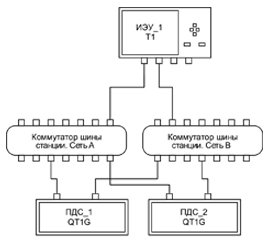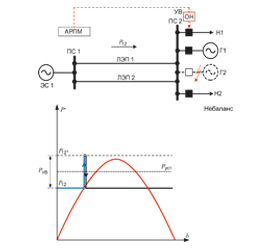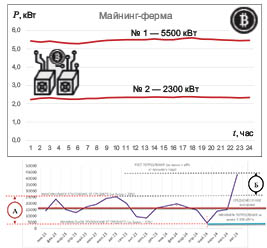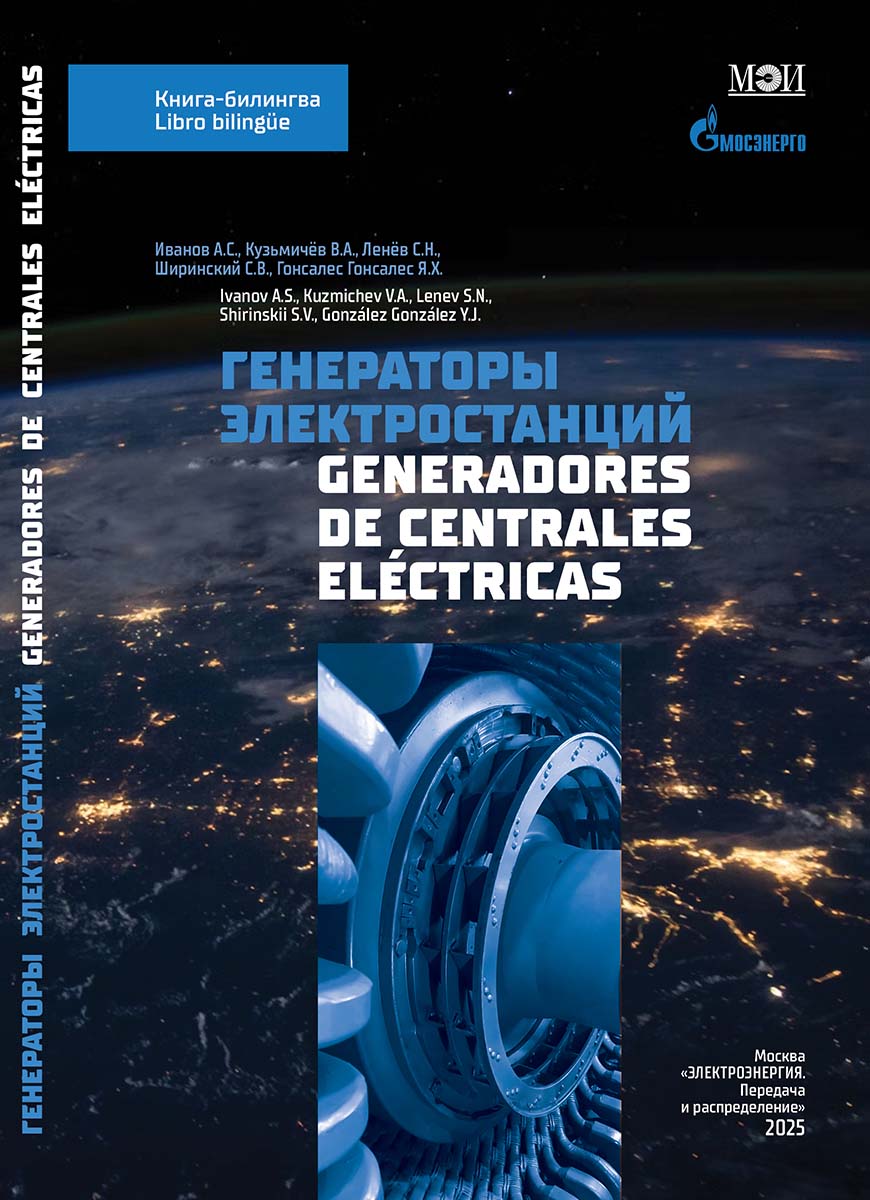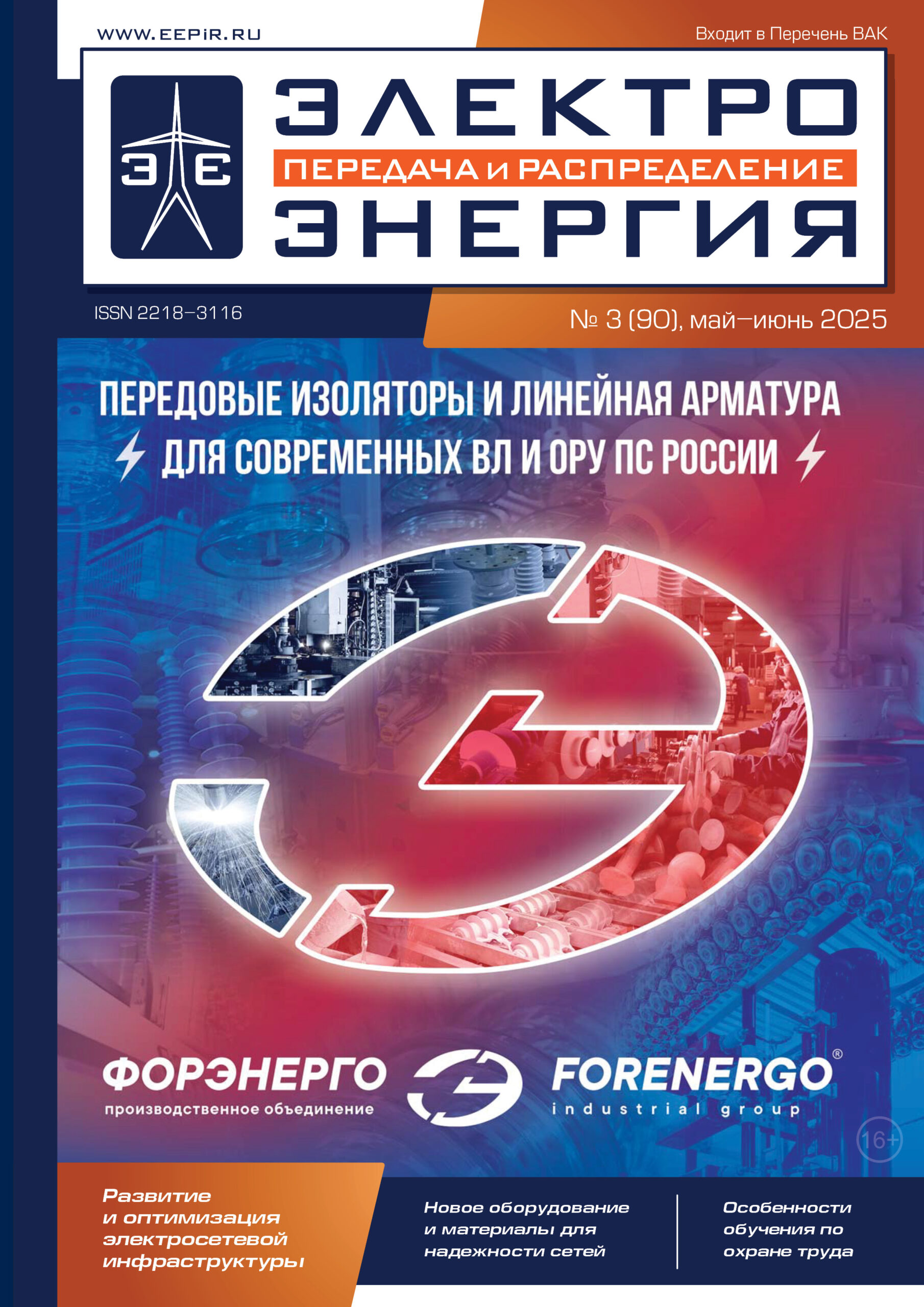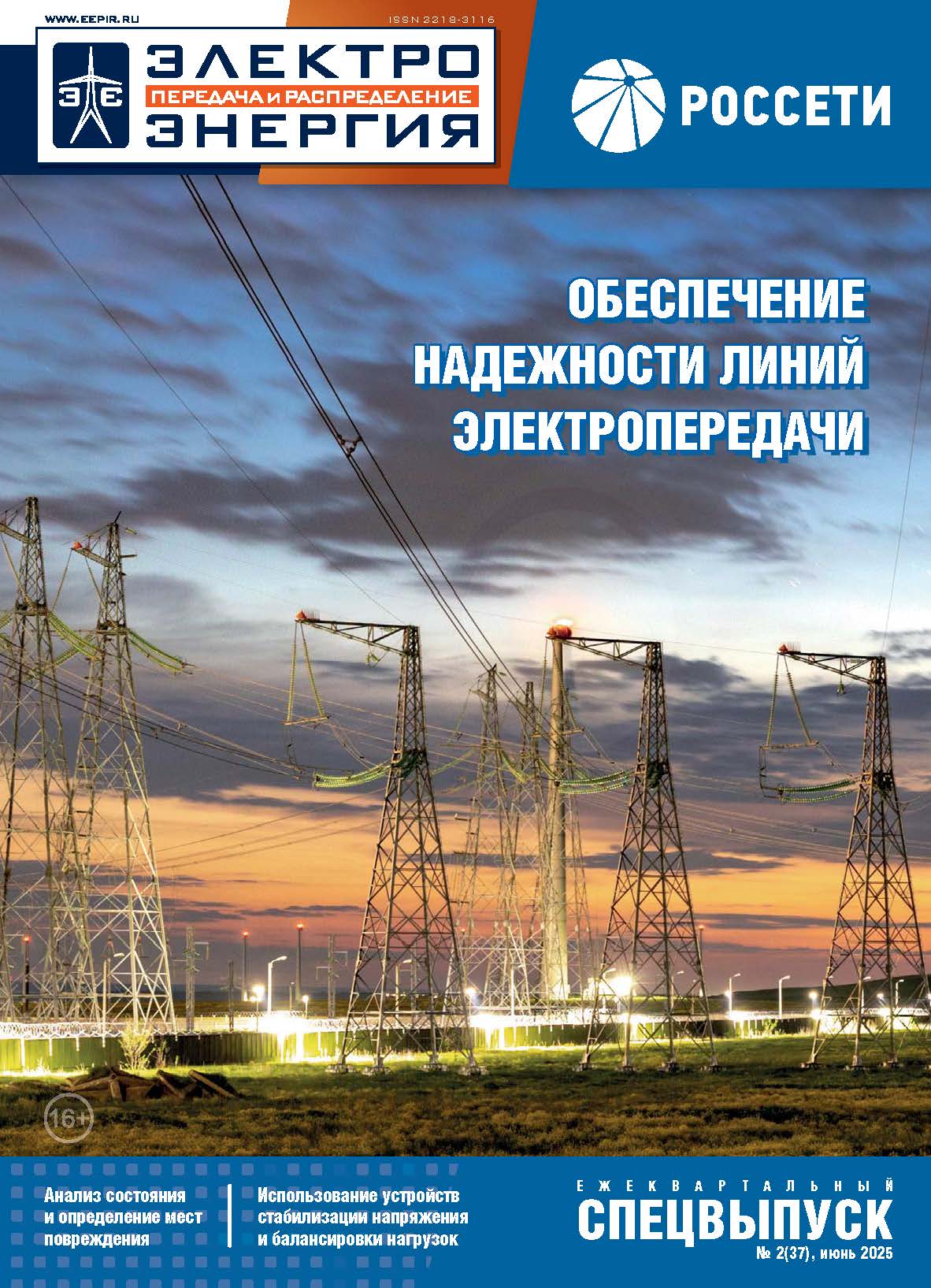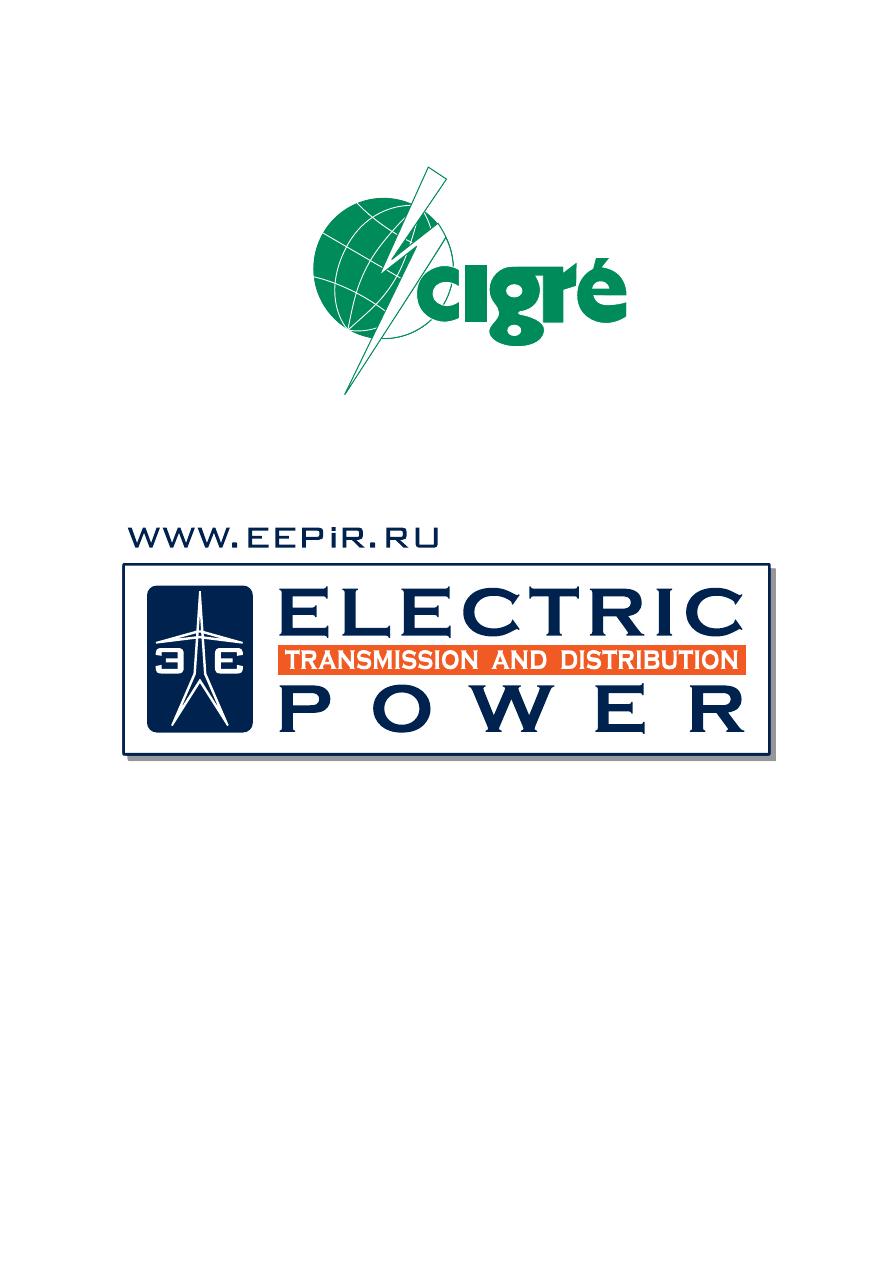
The MAIN JOURNAL for POWER GRID SPECIALISTS in RUSSIA
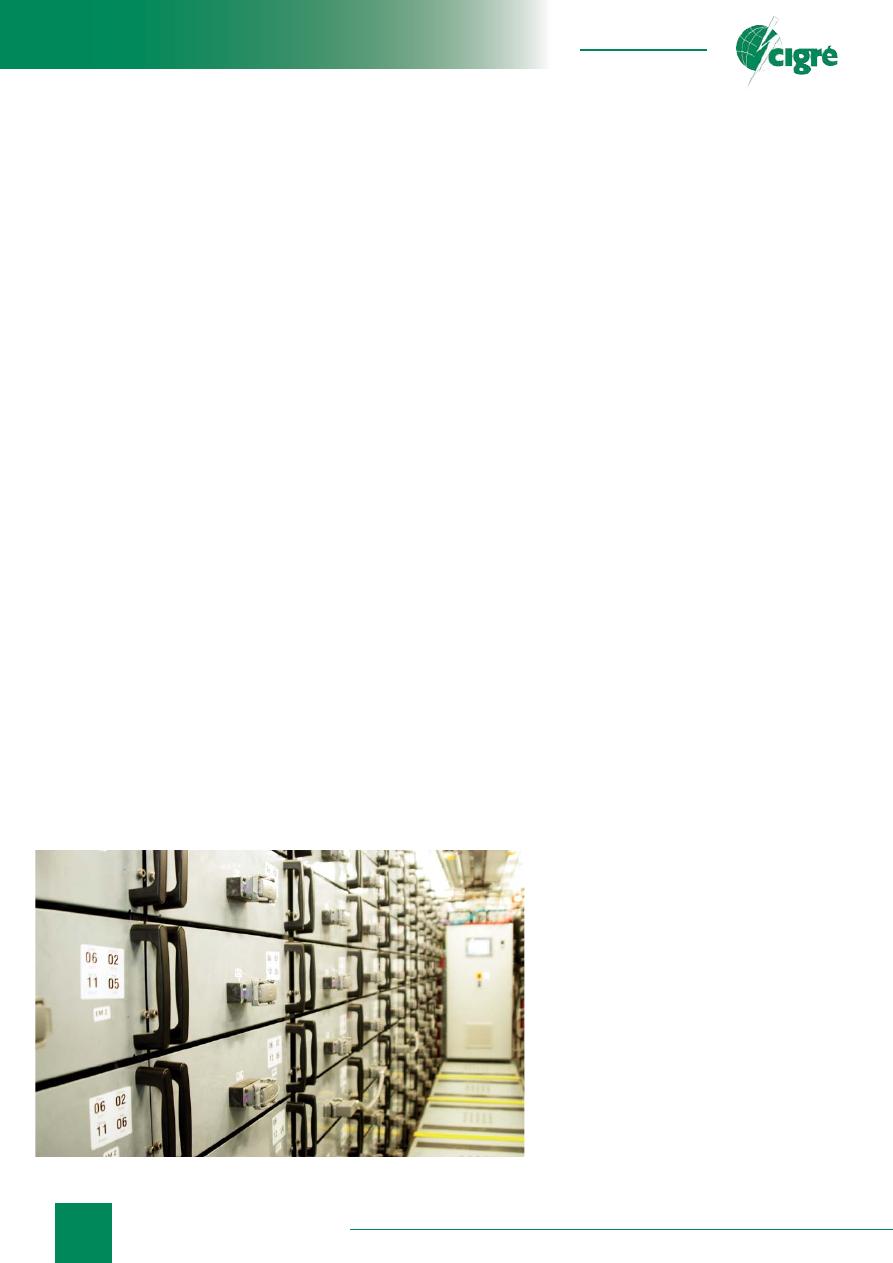
68
August 25–29, France, Paris
Innovations
Pilot project for grid energy
storage application in Unified
National Energy Grid (UNЕG)
Creating intellectual electric network is a global trend. Work in this direction has been
successfully carried out in many countries. In order to implement a number of elements
that will provide UNEG with new properties it is necessary to create a technological
basis, involving international experience, and to ensure in-home development and
production of the state-of-art electrical equipment. One of these elements is Energy
Storage Systems (ESS) based on high power batteries.
Alexander FEDOROV (
Александр
ФЁДОРОВ
), Head of infrastructure projects,
Ivan ILYIN (
Иван
ИЛЬИН
), the team leader of special projects,
the Department of JSC «FGC UES» infrastructure projects
A
pplication of energy storage systems based on
lithium-ion batteries is a revolutionary solution
both in terms of convenience (mobility,
compact size, environmental, etc.) and in
terms of their impact on the planning and power industry
ef
fi
ciency.
For the normal functioning of the uni
fi
ed power grid of
the country strict observance of parity between generation
and consumption of power at any given time is required.
The feasibility of using ESS is the ability to store electrical
energy generated by power plants in excess during
minimum load hours and its subsequent output to the
network during peak hours. This provides a more uniform
loading of generating facilities during the day and not to
withdraw a number of power plants at night.
Moreover the use of ESS creates conditions for optimal
network infrastructure.
In order to manufacture innovative equipment and
develop new cooperation OAO “UES FGC” at the SPIEF
2010 signed a Memorandum of Understanding with
company Enerl which meant the creation of a network
energy storage system based on high-power lithium-ion.
In 2011 JSC “FGC UES” in conjunction with “Mobile
GTPP” (100% subsidiary) embarked on a project on
installation of GESS at UN
Е
G facilities. The analysis
selected two spots for possible deployment of GESS —
220 kV “Psou” substation in Sochi and
220 kV “Volkhov-Severnya” substation in
St. Petersburg.
Implementation of these projects was
approved by the Ministry of Energy (Protocol
of 14.11.2010
№
414 pro).
GESS COMPOSITION AND
FUNCTIONS
GESS on the base of high-power batteries
consists of the following:
• bank of batteries;
• battery control and monitoring system;
• converter equipment;
• switching devices.
Each grid energy storage system at SS
“Psou” and SS “Volkhov-North” consists
of 5 containers: 3 containers with batteries,
Batteries bank installed at “Psou” substation.

69
info@eepr.ru, www.eepr.ru
1 container with conversion equipment and 1 container
with switching equipment and system control equipment.
Given the particular sites for the installation, the SS “Psou”
containers are mounted in two tiers, and the SS “Volkhov-
North” four containers arranged in a row. Each container is
equipped with its own air conditioning and
fi
re extinguishing
systems and freely dismantled wheelbase so to be quickly
transferred to any suitable location along conventional
roads without special agreement with Road Patrol Service.
GESS has the following characteristics presented in
Table.
Energy storage system at SS “Psou” and SS “Volkhov-
North” can be in one of the six internet-preset modes.
1. “Availability for island mode” — forced (by the system
operator) transfer of the inverter into voltage controlled
mode for rapid (within 400 ms) transfer of the
system into “island mode.”
2. “Island mode” — dedicated load operation
under loss of both substation auxiliary power
supplies. “Frequency control mode” —
network frequency maintenance by GESS load
shedding or increase.
3. “Power peak smoothing mode” — house load
peak shaving, i.e. GESS power output during
maximum consumption and consumption
during under-consumption.
4. “Real-time dispatch mode” — ESS dispatch
control in the whole operation range of ESS.
5. “Charging” Mode — mode of maintaining
appropriate levels of charge (if none of the
modes are selected).
6. “Island mode” and “Availability for island
mode” are inverter voltage control modes and
the rest modes of operation are inverter current
control modes of operation.
Choice of lithium-ion batteries is rooted
in a number of advantages over batteries
with a different chemistry including the most
convenient structure of rechargeable cells
allowing to create any required battery capacity
and voltage range, wide range of admissible
discharge currents allowing to use batteries
for a wide range of applications in the energy
sector, a greater number of cycles of use, high
speci
fi
c power consumption permitting to
create compact and powerful energy storage
systems and environmental friendliness.
EQUIPMENT TESTING
In 2011 specialists of JSC «FGC UES»
jointly with OJSC “Mobile GTPP” and JSC
“R&D Center at FGC UES” elaborated and
approved Program and methodology and time-
frames for energy storage systems testing.
The program included a number of
parameters including frequency measurement
of the output voltage when working with one or
two inverters, measurement of the output voltage distortion
factor, determining the ef
fi
ciency of inverters, de
fi
nition
of the transitional variation of output voltage and inverter
voltage recovery time, study on the modes of operation as
a power backup source in frequency control mode, in load
shaving mode, charge and discharge from the substation
auxiliary board. It also included checking the functioning
of the storage in “back-to-back” mode, stability analysis
for side-by-side operation of two inverters and determining
the overall ef
fi
ciency of the energy storage.
Based on the successful results of the test it was decided
to modernize the equipment in terms of ESS hardware
protection improvement, as well as
fi
nalization of the
interface and installation of additional control panels for
the operational staff of the substation.
Parameter
Value
Battery capacity, megawatt hour
2.5*
AC rated power, megawatt hour
1.5**
AC voltage current, three-phase, 50 Hz, kV
0.4 +10%
Phasor power factor
>0.95 subject to
adjustment to +/-
0.95 (reactive power
output)
Harmonic components
<5% THD (total
harmonic distortion)
Long-term overload capacity
125% of rated value
DC maximum design voltage, V
DC 1180 V
DC voltage range, V
DC 720—1180 V
DC voltage ripple, %
< 2
Response time +1 to-1 MW, ms
< 20***
Inverter ef
fi
ciency, %
> 95
System ef
fi
ciency under double inversion, min, %
88**
Max stray load losses, %
<2 of rated power
Max limit charge/discharge rate (coef
fi
cient C)
2
С
****
Rated inactive load, %
<1 of rated power
Charge/discharge cycle life
1600
Utilization factor (de
fi
ned as the ratio of hours per
year when the plant is ready for operation to the
total number of hours per year (8760 hours), min:
• for
fi
rst 6 months of pilot operation
0.96**
• for the following year of the pilot operation and
every year of commercial operation
0.96**
Notes: * at the end of life cycle.
** Warranty parameter.
*** Inverter response under frequency control mode.
**** C coef
fi
cient de
fi
nes charge/discharge current relative to
battery rated capacity, i.e. 2 C means current when the battery is fully
discharged in 0.5 hour.
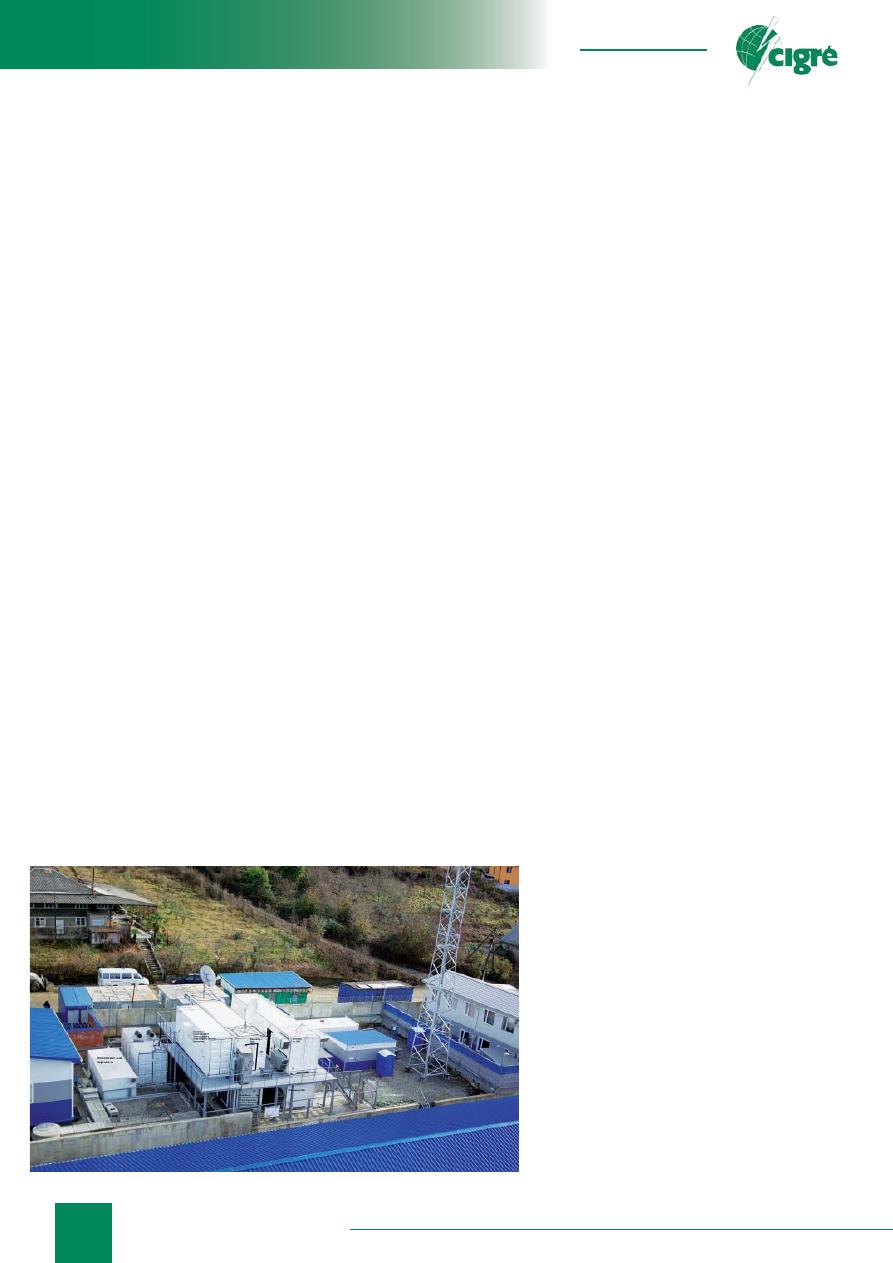
70
August 25–29, France, Paris
During commissioning and testing of energy storage
systems the training of personnel of substations with issu-
ing appropriate certi
fi
cates were carried out, a set of oper-
ating and maintenance instructions were developed.
By now all energy storage systems test completed and
Rostekhnadzor permission for putting ESS into operation
received.
ESS
fi
eld of application:
• together with or instead of the mobile gas turbine
power plants (MGTPP);
• together with or instead of diesel generator sets;
• oil and gas facilities;
• railway
facilities;
• peak load power-consuming industry;
• regions of Russia, where there is no centralized power
supply (distributed generation);
• RF renewables (wind power stations, tidal power
station etc.);
• network frequency maintenance;
• an alternative to construction of generating capacities
and/or expansion of network infrastructure for
supplying electricity to remote areas;
• essential backup power supply;
• infrastructure development for electric vehicles.
CONCLUSIONS
As a result of
fi
eld test experiences of energy storage
systems based on 1.5 MW/ 2.5 MWh energy storage ca-
pacity main operating modes have been successfully ex-
plored and serviceability in the following modes has been
con
fi
rmed.
Quality improvement.
ESS can be used to improve
power quality in case of short-term disturbances in the
network.
Reliability Improvement
. ESS can be used to provide
uninterrupted power supply before start of redundant pow-
er supplies (1—10 seconds). In case of outage for more
than a few seconds ESS is able to generate enough power
to ensure its continuity, correct deenergizing of equipment
Five-container ESS. Aeriai view.
and/or transition to electricity production in the territory
of the customer. ESS can ensure uninterrupted power sup-
ply during the time suf
fi
cient to remedy the outage.
Network power supply reliability improvement.
This function is featured by capability to improve the reli-
ability of power supply to the network side of the meter.
To implement this function a combination of ESS and die-
sel generator set to compensate short-term power interrup-
tions and to ensure reliability in case of long-term outages
can be used.
Improvement of reliability of power supply to a
consumer.
The main task of this function is to improve
the reliability of power supply to commercial and indus-
trial consumers. To implement this function a combination
of ESS and diesel generator set to compensate short-term
power interruptions and to ensure reliability in case of
long-term outages can be used.
Sustainability enhancement.
To maintain stability of
the power system during large disturbances caused by its
failures that can be cleared by switchgear tripping, trans-
mitted power should be signi
fi
cantly below the limit de-
fi
ned by the static stability. It is known that the maximum
capacity at which static stability is maintained during
small disturbances is called a limit of static stability. ESS
on the base of large capacity batteries can be used on the
DC side to provide of static and transient stability.
Load curve leveling.
Load tracking is to ensure bal-
ance of power generation and consumption in a given
part of the network. ESS is suitable for realization of load
curve functions as it can quickly and widely change the
values of the output power, naturally designed to track
falling and increasing loads. When the load is falling, ESS
charges, when the load is increasing, ESS discharges.
Power and frequency balancing.
Power and frequen-
cy balancing (network load balancing) is intended to com-
pensate short-term
fl
uctuations of generated power and
frequency. ESS usage for frequency stabilization can sig-
ni
fi
cantly increase the performance of existing regulators.
Voltage regulation
. One of the main tasks carried out
by ESS is to maintain voltage at a given level
by generating or absorbing reactive power. To
stabilize the voltage using ESS is to compen-
sate the reactive resistance network to ensure
the required indicators of sustainability. Using
ESS as a voltage regulator reduces the pos-
sibility of voltage sagging and power outage
occurrence. This feature is essential during
peak loads.
Due to the impossibility of reactive power
transmission over long distances under imple-
mentation of the function, distributed ESS,
placed at the load lumping, become of par-
ticular importance.
JSC FGC UES continues to work on the
development of network energy storage units
and determine the most effective places to in-
stall them.
Innovations
Оригинал статьи: Pilot project for grid energy storage application in Unified National Energy Grid (UNEG)
Creating intellectual electric network is a global trend. Work in this direction has been successfully carried out in many countries. In order to implement a number of elements that will provide UNEG with new properties it is necessary to create a technological basis, involving international experience, and to ensure in-home development and production of the state-of-art electrical equipment. One of these elements is Energy Storage Systems (ESS) based on high power batteries.




